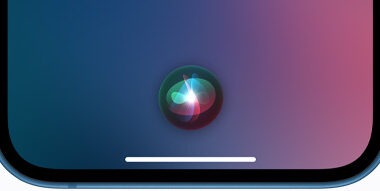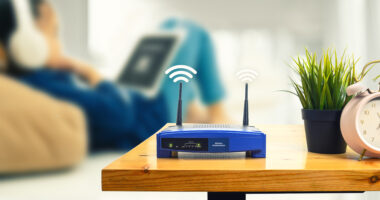Asus’ new ROG Phone 3 aims to be the pinnacle of smartphones if you’re serious about gaming and having the fastest specs. The device features a 6.59-inch OLED HDR color-calibrated screen that has a fast 144Hz refresh rate with a 1ms response time. It’s powered by the Snapdragon 865 Plus chipset with 5G support, and it can be configured with up to 16GB of LPDDR5 RAM and 512GB of UFS 3.1 ROM storage. Both of those specs push the boundaries of what we’ve seen so far in a phone. Lastly, the ROG Phone 3 features a big 6,000mAh battery, as did last year’s model.
The ROG Phone 3 will almost certainly be great at normal phone stuff, like browsing the web, texting, and calls. But where it really stands out, aside from specs, is with its gaming-specific design features, which I’m happy to report are still a little weird but very cool. There’s still a side-mounted USB-C port, so the charging cable can stay out of the way while you game in landscape mode. It’ll even be compatible with Google Stadia when it launches.
Asus claims to have made improvements to the ultrasonic AirTrigger pressure-sensitive touch sensors located around the edges of the phone that mimic the experience of using a real controller. (If you aren’t familiar with those, check out my review of Xiaomi’s Black Shark 2 for a full breakdown.) Asus is also giving gamers more room to customize the control scheme to their liking. It added a swipe gesture to each button for a secondary command and dual-partition button emulation on the AirTriggers that essentially mimics having physical L1 / L2 and R1 / R2 buttons on the phone (you can see that at the top right part of the image below). It also adds the option to map an in-game command, like reloading your weapon, when you shake the phone.
:no_upscale()/cdn.vox-cdn.com/uploads/chorus_asset/file/20104482/08_2_Supported_Gestures.jpg)
In typical fashion, Asus is releasing a whole slate of accessories you can buy to help you get even more out of the phone’s power. There’s a TwinView Dock 3 coming that adds another display to the mix so you can multitask, and a mobile desktop dock that lets you dock the phone and use it with a keyboard and mouse. As I found out with last year’s ROG Phone 2, it can get expensive to buy these accessories, but they’re generally well-built and additive to the experience.
Asus also plans to release a few more accessories later in 2020 to complement the ROG Phone 3, though they seem useful in other contexts beyond the phone. The ROG Strix XG16 is a 15.6-inch portable gaming monitor with an IPS panel and a 144Hz refresh rate. The ROG Cetra RGB are in-ear gaming headphones with active noise cancellation and USB-C connectivity. Lastly, the ROG Falchion is a wireless mechanical keyboard that has a touch panel that you can customize. Asus claims that the keyboard will have 400 hours of battery life.
The ROG Phone 3 will launch in the US this September and Asus hasn’t yet shared a price. Its predecessor was $899.99, so given the yearly spec bumps and other feature improvements, expect it to straddle the $1,000 line.
This article is from The Verge








